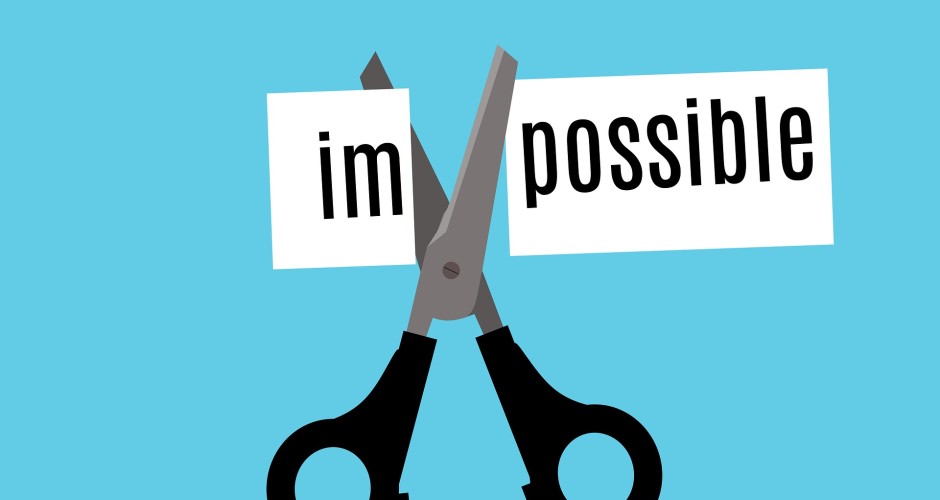Shannon Adler, inspirational author, once said “If you don’t believe the impossible can happen, then you are right.” The AP team faces several key obstacles on the road to achieving greater relevance and impact within the enterprise. These include exceptions, the high cost of invoice processing, the length of time it takes for an invoice to be approved, and poor visibility into AP data. Each of these is a significant barrier that AP departments must surmount to become more strategic, and each is linked, in many ways, to the others. For example, a lack of visibility into AP data can lead to exceptions taking longer to resolve, which extends the time it takes for invoices and payments to be approved, and then increases invoice processing costs. These top challenges facing AP are not insurmountable, but they require a concerted effort to address.
A delay in receiving (or lack of) matching information is often solved with solutions that increase the ability of AP to communicate and collaborate with suppliers. Linking the procure-to-pay process either by linking an ePayables solution to those managed by procurement or simply deploying a closed-loop tool can help link order and receiving documentation to an invoice, which can speed approvals. It is important to note that validating an invoice against the purchase order (“PO”), receiving slip, or contract is a critical step in the approval process. If any of the correct matching information is missing or delayed, then an exception can be caused and the invoice takes longer to approve. This then delays supplier payment, and can result in higher overall costs because of an extended invoice approval time. This is a common challenge that can lead directly to a high percentage of exceptions which can easily result from delays in receiving matching information.
High invoice processing costs and invoice/payment approvals taking too long can be both be addressed through a combination of process improvement and automation; invoice/payment approval timelines can be shrunk with the application of business rules in automated workflow solutions, which typically allow for automated routing in case an authorized approver does not act within a certain timeframe. As approval timelines shrink, costs decrease. These two avenues, along with exceptions, are linked: problems in one creates consequences in the others.
Manual, paper-based processes exacerbate each of these challenges – delay in matching information, high costs, lengthy approval times, and high exception rate – because manual processes require AP staffers to spend time manually keying in invoice data, searching out missing data for validation, seeking out invoice approvals, and hunting down information to resolve exceptions. These are time-intensive tasks in a manual environment, and costs add up as the process also takes longer and is more likely to include errors.
Contrast this with an automated environment, which allows for greater visibility into invoice and payment data in addition to streamlining invoice and payment approvals and making it easier to seek out missing or delayed matching information. Automated systems can also match and validate invoices that have already entered the system, either through scan and capture or other electronic means, which can lower costs because each full-time AP professional can process more invoices.
The challenges and obstacles facing AP are not insurmountable, to the contrary, most, if not all, of them can be overcome with planning, technology, and hard work. It is important to keep this in mind when planning the future of the AP function within your enterprise.
RELATED RESEARCH
AP – Planning for the Year Ahead – Part 1
AP – Planning for the Year Ahead – Part 2
Procurement 2021: A Few BIG Trends

